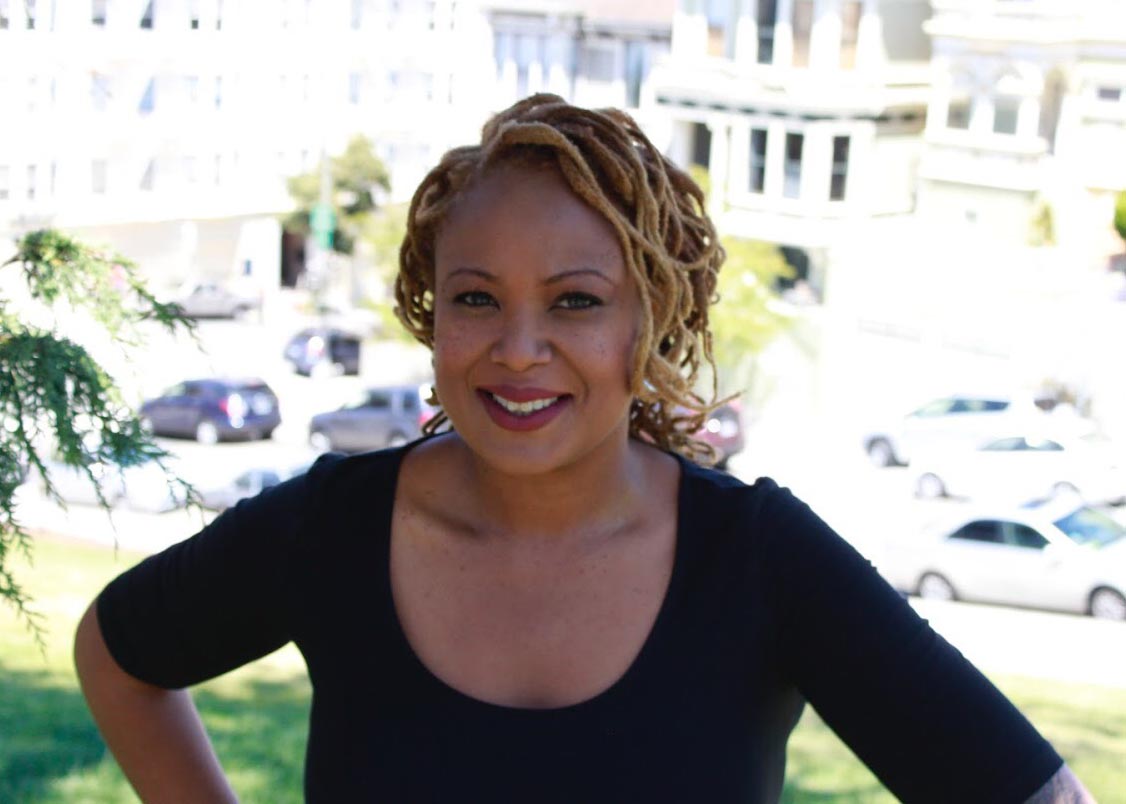
No more faking the funk: How Silicon Valley startup culture shaped an executive’s outlook
“No one expected me to be Black,” says Candice Nobles, reflecting on the day she arrived for her first day on the job at a San Francisco software company in 2002.
This was the pre-Zoom era — she landed her marketing role through phone interviews while living in Chicago. “It was hilarious,” Candice says. “The HR person was a woman of color, so when I said, ‘Did no one know I was Black?’, she nodded and we just laughed.”
After that experience in a conservative business setting, she moved on to a fast-growing startup, Snapfish, where she shaped the company’s customer acquisition marketing strategy. Candice helped build the online photo prints company into an industry leader and prepare for a successful exit; HP acquired Snapfish for $300 million in 2005.
After three years at HP, she went on to work as head of marketing for several venture-backed startups. Though she had reached coveted positions, she became frustrated with being talked down to by men in higher positions. “I lost patience with mansplaining,” she says.
Candice is one of the very few Black women working in the competitive Silicon Valley tech world. The Information reported in June 2020 that only 2.7% of top roles in big tech are held by Black executives. Now at 48, Candice is a pioneer for younger generations of women of color navigating the tech industry. Often being the only Black woman in a team of primarily white folks, she assimilated to fit in, covered her tattoos, and pulled back her dreads. “I was faking the funk for too long,” she says.
In the last nearly two decades, Candice has weathered her fair share of workplace politics, sexism, and racial inequity. She’s also stood up for other women of color who were paid less than their white male peers, but after “leaning in” and compromising her own values, she’s decided to go another way. She’s not leaving tech altogether — as she says, “I’m a geek at heart” — she’s just being intentional about who she works with and which companies she helps to grow. In addition to being Jumble & Flow’s cofounder, Candice works as the chief marketing officer of Papers + Ink, a woman-owned company that sells stylish rolling papers, and she continues to consult for emerging businesses.
In this interview, Candice talks about the process of “returning to myself” — holding on tight to her individuality, staying strong in spite of “Silicon Valley bullshit,” and what it’s like to “not be like any Black person people have seen on TV.”
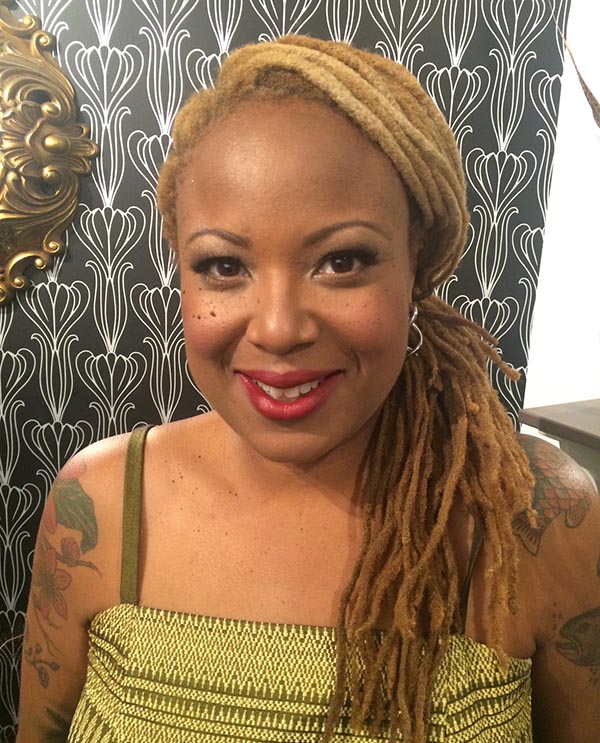
Candice Nobles’ career timeline
Getting into tech, learning the system, and getting out
Age 16. Started working as a telemarketer for the local newspaper, The Adrian Daily Telegram in Adrian, Michigan.
“I grew up in Michigan with a punk ethos. Growing up in the Midwest, you’re told that if you work hard, everything will be good, but it doesn’t work that way in Silicon Valley. It’s about who you know and where you went to school.”
Age 18. Went to Michigan State University to be a business major.
“In the summer after my senior year of high school, I went to a summer program for Black people at Michigan State University. Coming from a small mostly white town, I was stoked to hang out with my brothers and sisters, but they didn’t like me. My small-town style and musical choices strayed from what was played on WJLB (still my favorite urban radio station) and put on something like Depeche Mode, I was ridiculed. I ran for student government and they laughed me off the stage. This was before Afropunk. When my high school friends came to MSU in the fall, I didn’t jive with them either.They were joining sororities. I remember going to a party and someone said, ‘Who’s the n—– at the keg?’ It took me a while to find my groove and friends of various backgrounds and ethnicities that operated outside of the mainstream.”
Age 20. Started working in marketing at the Wharton Center for performing arts at MSU.
“I marketed the arts education program to schools and managed our docent program. Truly pivotal experience.” This job set my expectations for professionalism and acceptance, treasure my time at the Wharton Center.
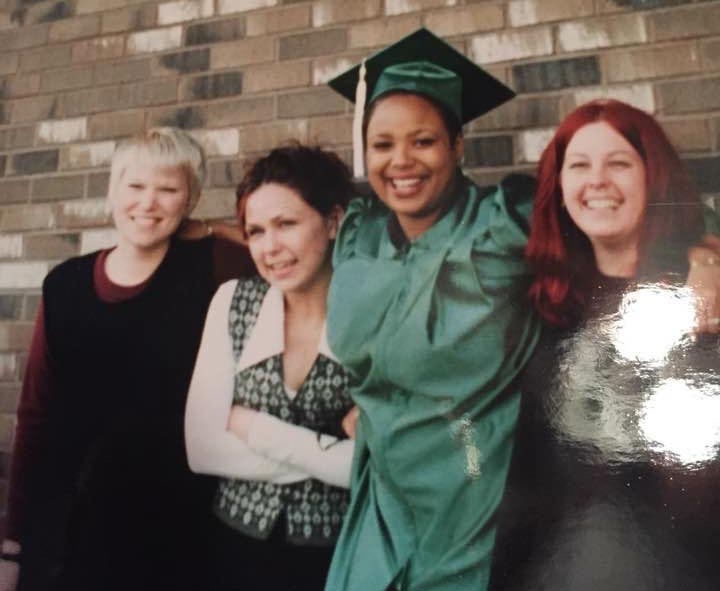
Age 23. In 1995, moved to California after graduating with a degree in English and Film Thematic Studies.
“Even though I was groomed in arts management and had interviews for jobs in NYC, New York wasn’t my style. New York’s pace and lifestyle makes me very tense, and I had a number of college friends who welcomed me to the Bay Area.
I was super idealistic and confident in my professional experience, but I wasn’t prepared for what living in the Bay required: a lot of money, better clothes, and pedigree. I didn’t understand that a riot girl–looking lady from the Midwest couldn’t get fancy office jobs. Luckily, with my theater marketing experience, I landed a few marketing jobs. One of them gave me my first taste of online marketing.”
Age 26. In 1998, after three years in the Bay, moved back to Michigan and worked for the Lansing Entertainment and Public Facilities Authority.
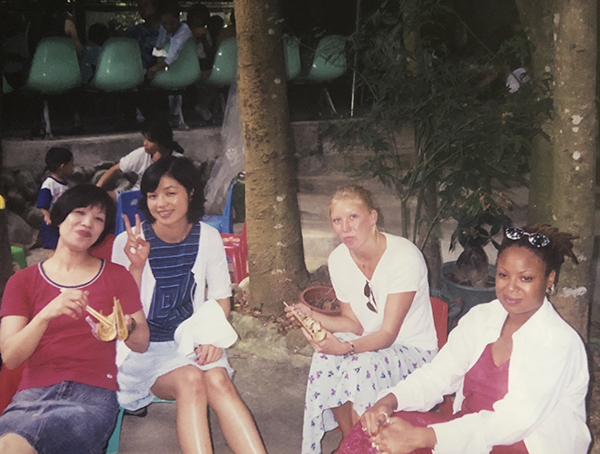
Age 27. Left Michigan to teach English in Taiwan.
“While there, I read about the startup culture back home and thought, ‘This is what I should get into.’”
Age 28. In 2000, moved to Chicago and worked for a venture-backed startup.
Age 30. Fell in love and moved back to San Francisco in 2002 to work as the marketing manager for a meeting planning software company.
“I met a friend at this company, who was also from Michigan and a fellow geek about online marketing. She suggested that I look into a role working with her then-boyfriend, now husband’s company, Snapfish.”
Age 32–35. Became director of customer acquisition of Snapfish from 2004–2007.
“I slayed customer acquisition goals. I learned a lot but started feeling like a walking PowerPoint, and realized that although I wanted to go further there, it was impossible.”
Age 36–37. “I joined a geekier startup as head of marketing, in 2008. It was there that I began to understand the glass ceiling and how venture capital works.”
Age 37–39. “I started consulting for startups and traveled around the U.S. and to Barcelona and Italy, in 2009–2011.”
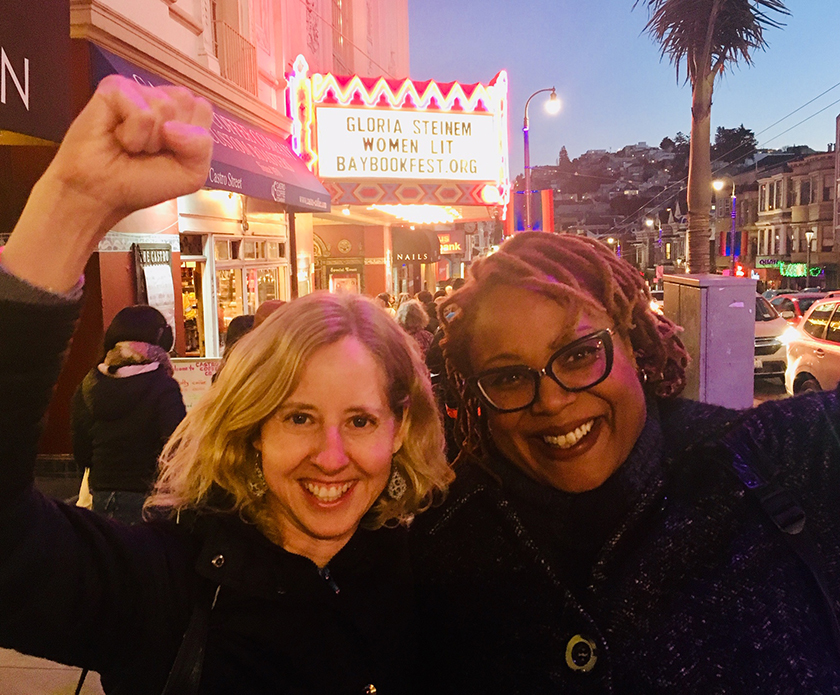
Age 39-44. “I went full time with a few of my clients and realized that I no longer wanted to work within the typical Silicon Valley startup culture. I wanted to work with people I could relate to and work on tangible products.”

Age 45 to present. Building Papers + Ink and Jumble & Flow.
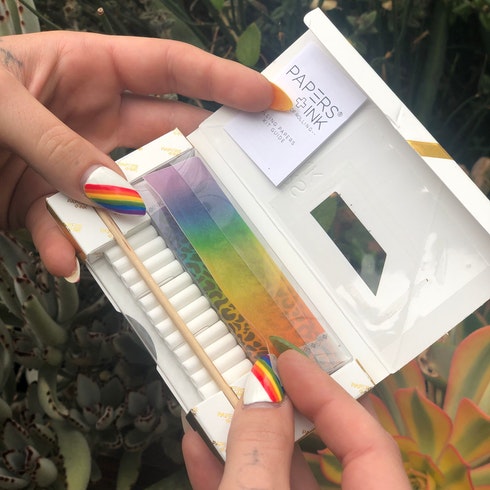
How did you make the decision to not work for companies that don’t align with your values?
After coming up against challenges and hitting various roadblocks, I understood that I needed to change the type of people and companies that I work with. I found that I work well with nontraditional founders. I have a unique worldview and I was brought up to believe that we are all people and that it doesn’t matter how much or how little money a person has — everyone should be treated equally.
Mom would say that you don’t know who a person is until you get to know them. Since I mostly work with founders now, I try to have real and honest conversations about who I am, how I work, and ask them questions that go beyond the scope of work. Working with someone is a lot like dating. After the first meeting, it takes a few dates to know if you like the person and several more dates to know if you are in it for the long haul. I want to build long-lasting relationships based on mutual respect.
You’ve talked about inequality in the tech world for some time now. How do you feel about this moment now? Meaning, we’re starting to see some evidence of change, such as executives stepping down from their posts.
It’s very interesting to see everything that’s happening. I don’t believe there has been significant change, but I am super excited that we are at the point where people are not just having the conversation — they’re getting introspective and thinking about what they can do to make real change.
The executive departures are interesting, but I’m waiting to see if there’s a real culture shift. The privilege pipeline is entrenched in tech culture and it will take quite some time for significant change. For many years, I believed that tech was a meritocracy, but learned that it was about entitlement.
“The privilege pipeline is entrenched in tech culture and it will take quite some time for significant change.”
I often think about the difference between commerce and capitalism. Capitalism’s power is in that a privileged few in the private sector control the wealth. If we think about commerce as simply selling goods and trading skills for services, we level the playing field. The American capitalist structure and the laws and rules that go with it exclude the most people.
We operate under a notion of pulling ourselves up by our bootstraps that creates a false sense of equality.
What have been some of the most frustrating or painful experiences of your career?
The thing that infuriates me is that I worked harder, kissed ass, but it was never enough. It took me a really long time to realize that there are less than 3% of Black people in leadership at tech companies. It took me a long time to realize that the vast majority of men in tech leadership grew up privileged and haven’t had life experience outside of the private school-to-office pipeline. Plus, they studied business or engineering, which are disciplines that don’t have the baked-in empathy that comes with studying humanities or the arts. I came to believe that these dudes were not going to change, and that the best thing for me to do was to quit and work with women and people of color to help them grow their businesses.
You’ve advocated for women to get paid more — what was that process like, and did it work?
A former boss of mine intended to send me the salaries of the people on my team — most of the marketing department — but he accidentally sent me the salaries for the entire marketing department. The spreadsheet shocked me because every woman made less than the men in similar roles. I advocated for the women on my team to get paid more and coached the woman who was getting paid 50% less than the man on my team in a similar role to leave and get a job where she would get paid her worth.
What is your advice for women and people of color who want to be paid equally? Do you believe in salary transparency?
There’s no way to get equitable pay without transparency. Even in corporate systems that offer transparency in salary ranges and/or performance-based objectives for compensation often require that people keep their compensation private. This allows for certain individuals to remain at the bottom of the range. For example, a corporation may have a title, a job level, experience level, education level, and other requirements for compensation, but two people with the exact same qualifications can have a huge pay disparity. The salary range for the job could be $80,000–$120,000. Women, people of color, and people from working class backgrounds often end up at the lower end. If there were salary transparency, this would be less likely to happen.
“There’s no way to get equitable pay without transparency.”
I advise women to negotiate at the top of the range. Many times, we don’t want to be pushy or think we’ll have better chances of getting the job if we don’t ask for too much.
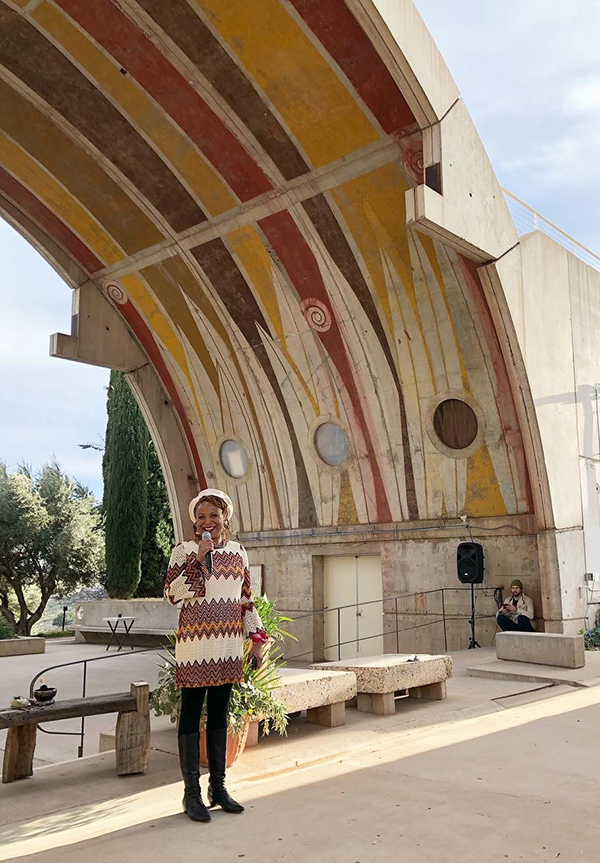
What is your personal career mission now?
My mission is to help women and people of color build their dream businesses while also working on my own entrepreneurial endeavors. I think it is important to take what I have learned and empower non traditional business people to have the confidence to meet their goals.
Sorry, the comment form is closed at this time.

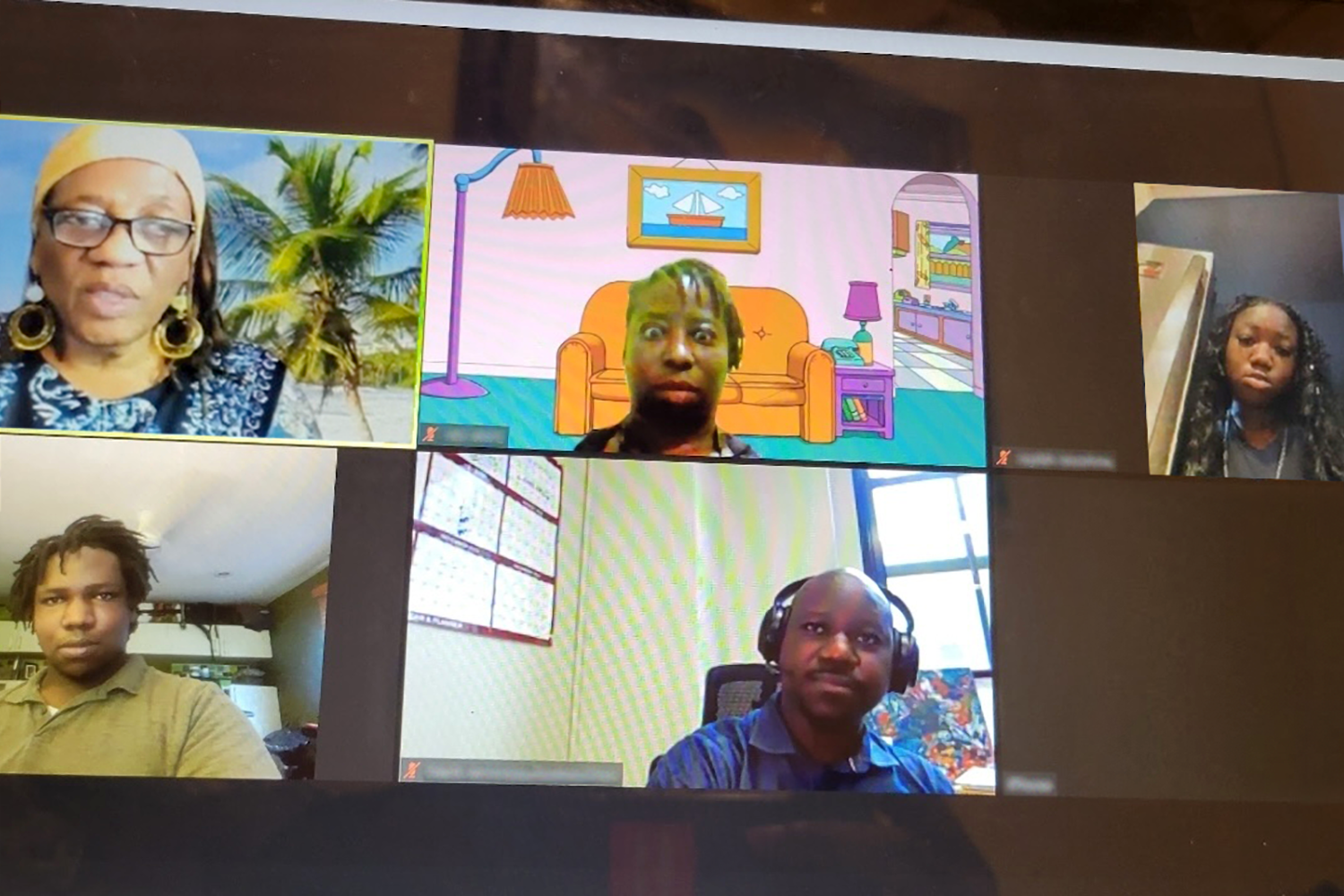
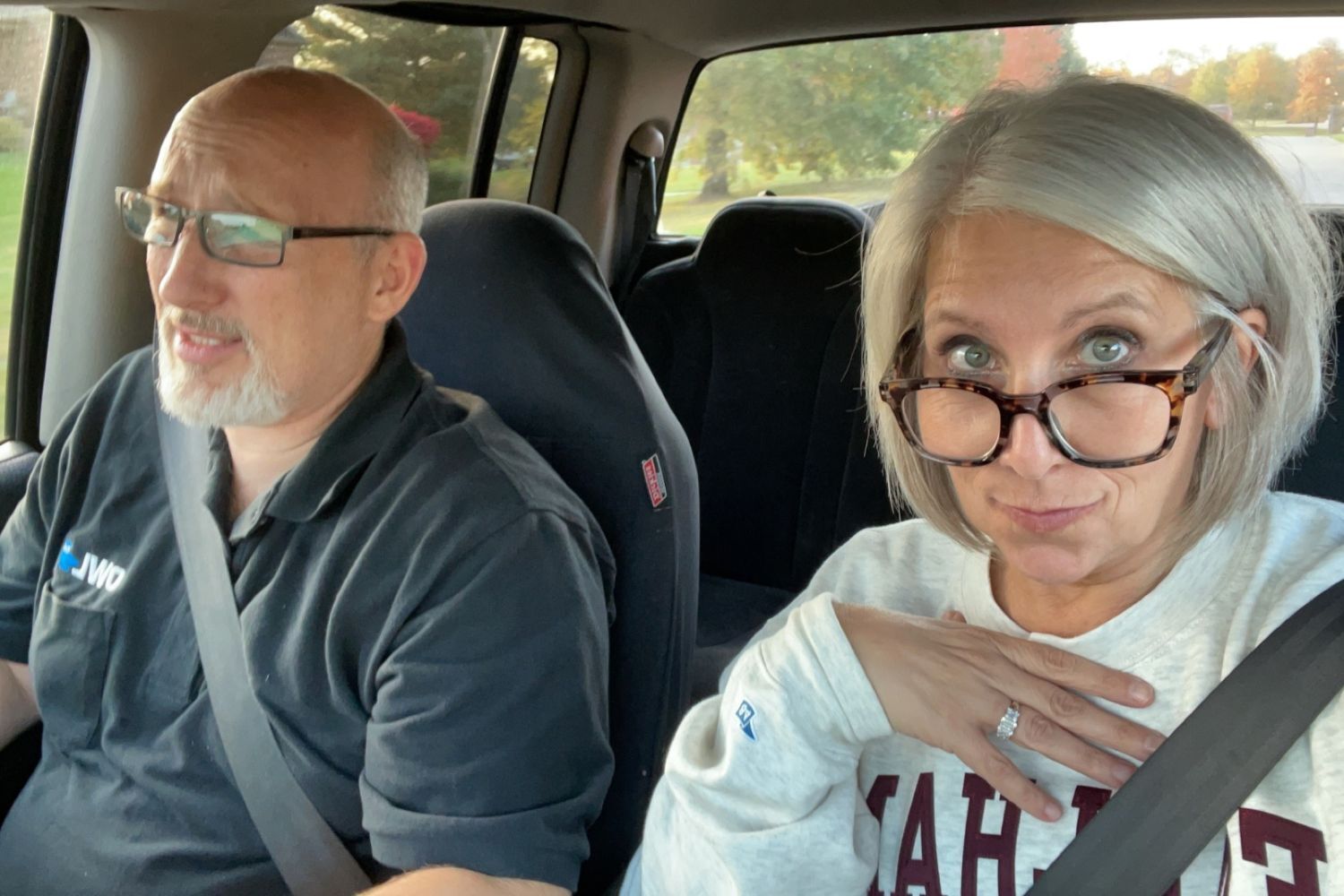


Kandle
Love it… your story gives real life examples.., illustrating the data. In addition to being a story of resilience, black nerds and identity 🙂
izzi Tooinsky
Our lives are richer, better, and more fun because of the success of Candice Nobles. Thanks for this great article. It’s inspiring .